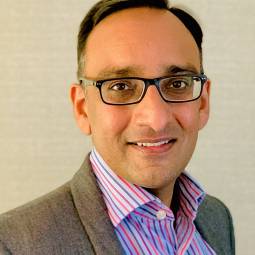
Dr Lalit Bhalla
Cardiologist
- Cardiology
- Self-pay/Insured
The heart has two upper chambers (the left and right atria,) and two lower chambers (the left and right ventricles). Atrial fibrillation is a condition in which the atria contract at a very high rate and in an irregular way.
The atria and ventricles have walls of almost pure muscle. When we talk of the heart ‘beating’, we are really referring to the sudden tightening of this muscle so that the chambers become smaller and the blood in them is squeezed out.
The control of the heartbeat starts with a small clump of muscle cells in the right atrium, called the sinoatrial node. This acts as the heart’s natural pacemaker by transporting electrical impulses to the atrioventricular node, which is located between the atria and ventricles.
The atrioventricular node determines the rate of contraction of the ventricles. It is the contraction of the left ventricle that produces the pulse rate. Atrial fibrillation occurs when there is random electrical activity within the atria. The atrioventricular node receives more impulses than it can conduct and causes irregular contraction of the ventricles. This then causes a highly irregular pulse rate.

Our transparent pricing and bespoke packages allow you to pay for the treatments and services you need, when you need them.

Many of our dedicated consultants have partnered with insurance companies to give you peace of mind with your health.
For more information call one of our friendly patient advisors or book online using the button below.